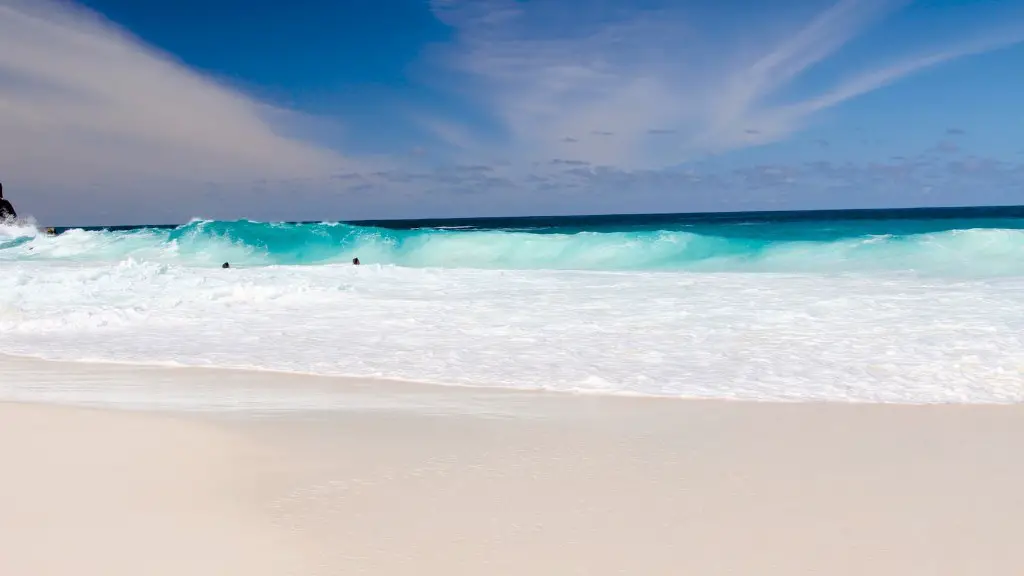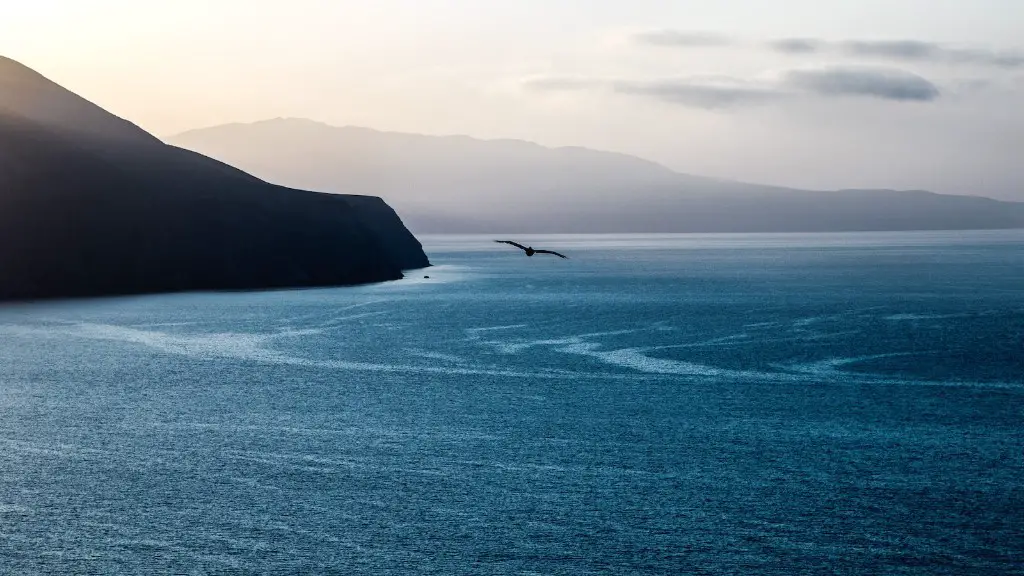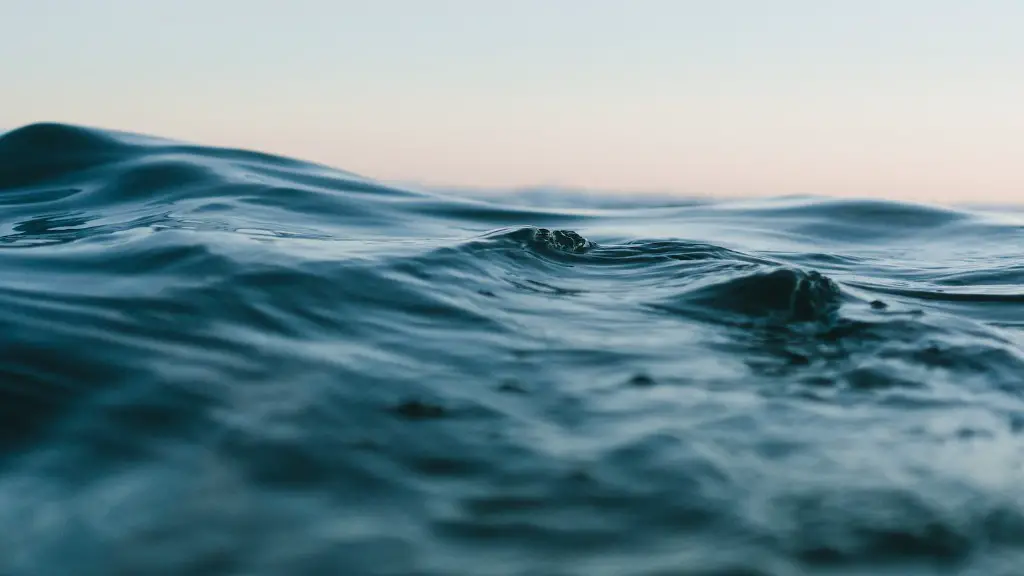The Caribbean Sea is an area known for its crystal clear waters, lively coral reefs, and abundant variety of species – notably, a variety of types of sharks. Sharks have long been a source of fascination and apprehension to people around the world. To understand why these apex predators are so important to the Caribbean Sea and its ecosystem, it is important to recognize the different types that inhabit its waters.
The most commonly recognized species of shark living in the Caribbean Sea is the bull shark. These sharks, also known as Sand Sharks, are highly adaptable, able to live in both salt and fresh waters. They typically can be found lurking in the depths of the Caribbean Sea, coming up to shallower waters in estuaries and mangroves to feed. Bull sharks can be distinguished by their large, broad snouts and stocky bodies, and can be up to 8 feet long. Despite its imposing figure, the bull shark is not overly aggressive, but should still be respected.
The reef shark is another species that is prevalent in the Caribbean Sea. This shark ranges in size from 4-7 feet long, and can be identified by its slender body and caudal fins edged in white. Reef sharks usually live in shallow waters and are often seen patrolling coral reefs and sea grass beds in search of food. Though they are considered potentially dangerous, they typically remain unaggressive unless provoked and can make great subjects for photography and video.
The great hammerhead is another species that is common in the Caribbean Sea. This majestic creature can grow up to 20 feet long and is easily recognizable by its characteristic hammer-shaped head. Due to its immense size, the great hammerhead is rarely seen in shallow waters, preferring to stay in deeper, cooler waters. It is also a migratory species and can be seen at various points of the year. Despite its size and fierce looking head, this species of shark does not pose a great threat to people and generally only attacks if it feels threatened.
The tiger shark is also found in the Caribbean Sea and is considered one of the most dangerous species in the ocean. They can grow up to 18 feet long and can be easily identified by their stripes. Tiger sharks are inquisitive by nature and while they are not usually aggressive, they can become so if they are disturbed or cornered. For this reason, it is important to view these majestic creatures from a safe distance.
Lastly, the Caribbean is home to the lemon shark. These sharks can reach up to 10 feet long and can be easily distinguished by their small yellow spots and pointed noses. Lemon sharks are usually shy creatures, but can become aggressive if disturbed. They can usually be found in shallow waters, especially around coral reefs and mangroves, where they feed mostly on crabs and small fish.
Where to Find Sharks in the Caribbean Sea
When it comes to locating sharks in the Caribbean Sea, it is important to recognize that each species of shark tends to prefer different depths, areas, and environments. For example, bull sharks prefer to stay in deeper waters and can often be found in estuaries, mangroves, and rivers. Reef sharks, meanwhile, tend to stick to shallow waters near coral reefs and sea grass beds. Great hammerheads are usually found in deeper, cooler waters and are migratory, while tiger sharks can usually be seen patrolling close to shore. Lemon sharks tend to stay close to coral reefs and mangrove forests and can often be spotted in shallow waters.
Understanding Shark Behavior in the Caribbean Sea
To have a greater understanding of the types of shark that inhabit the Caribbean Sea, it is important to recognize their behavior. As apex predators, sharks fulfill an important role in the Caribbean Sea’s ecosystem and understand their behavior is key to understanding their importance. With regards to the more commonly recognized species, such as the bull shark, reef shark, great hammerhead, tiger shark, and lemon shark, it can be said that these creatures usually remain unaggressive unless provoked or disturbed.
The Importance of Sharks in the Caribbean Sea Ecosystem
Sharks are one of the most important species in the Caribbean Sea, and play an important role in maintaining a healthy and balanced marine environment. As apex predators, sharks are responsible for keeping populations of other species in check, which helps maintain an equilibrium in the ecosystem. This is why their disappearance can have a detrimental effect on the health of the sea and its inhabitants.
Threats Faced by Sharks in the Caribbean Sea
Unfortunately, sharks in the Caribbean Sea face a variety of threats. These include overfishing, pollution, and climate change, all of which can have a devastating effect on their populations. It is important that these threats are addressed if we are to ensure the health of these creatures and the health of the sea itself.
Conservation Efforts for Sharks in the Caribbean Sea
Fortunately, a variety of organizations and conservation efforts are working to protect sharks in the Caribbean Sea. This includes the work of marine biologists and conservationists, who strive to understand these creatures better and to create awareness about their importance. Additionally, governments in the region are also taking steps to protect sharks, such as implementing stricter fishing regulations and creating marine protected areas where shark populations can flourish.


